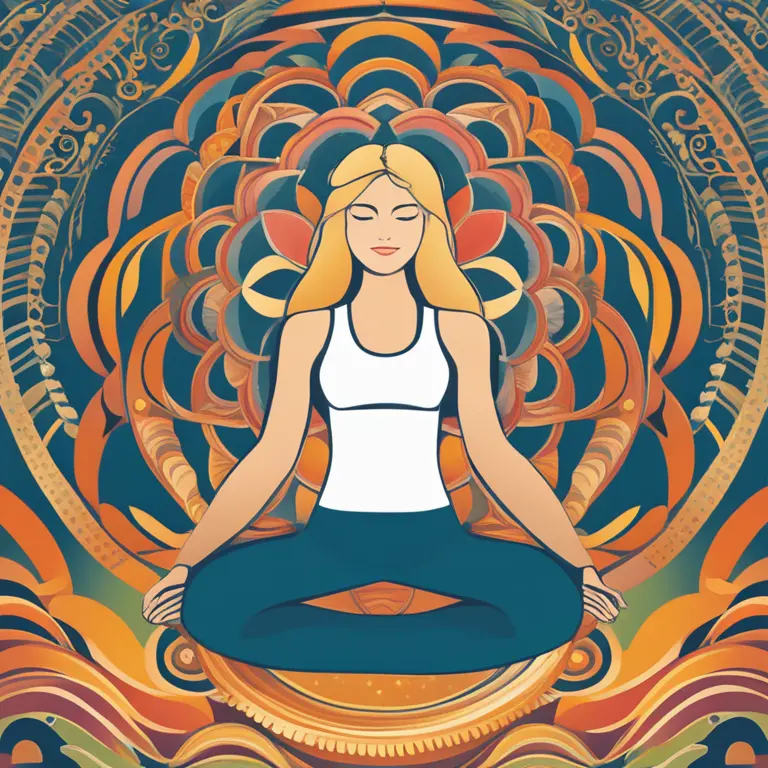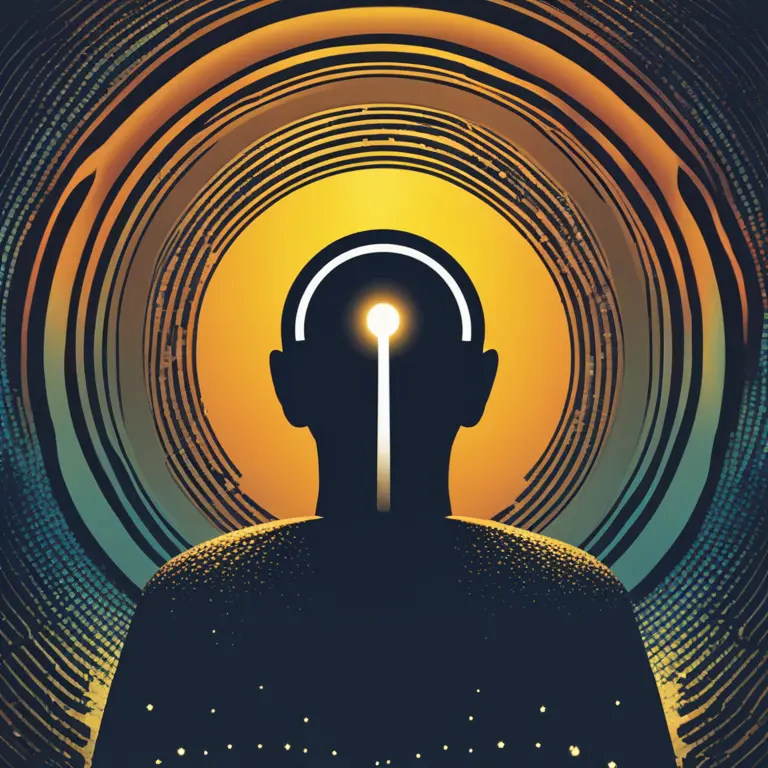
Meditation Versus Self Hypnosis: A Mindful Comparison
Dive into the intriguing journey of self-discovery as we compare meditation with self-hypnosis, discussing their nuances, efficacy, and practices most suited for wellness and personal growth.
article by Hina Kurosawa
Minds in Focus: Meditation and Self-Hypnosis
Meditation and self-hypnosis have been employed for generations as effective practices for mental wellness and personal development. Entering 2024, their relevance continues to burgeon amidst high-paced lifestyles and the quest for inner peace. While both strategies aim to promote a sense of calm and focus, their techniques and outcomes can differ substantially. Meditation emphasizes presence and awareness without judgement, seeking a clear and calm state of mind. In contrast, self-hypnosis involves entering a trance-like state to suggest positive changes or achieve specific goals. Understanding these differences forms the foundation of our comparative analysis, guiding individuals to a practice that resonates with their personal objectives and psychological makeup.

The Essence of Meditation
Meditation is a cornerstone of mindfulness, drawing its heritage from ancient spiritual traditions to become a mainstream method of stress reduction. The practice involves stillness and breathing exercises that encourage practitioners to become observers of their thoughts and sensations. As we stride further into the 21st century, scientific validation of meditation's benefits has prompted an array of meditation apps and courses, suggesting its adaptability and widespread acceptance. It trains the mind to attain a state of equanimity, purported to enhance emotional regulation, cognitive flexibility, and overall mental health—benefits that remain consistently endorsed by contemporary psychological research.

Navigating Self-Hypnosis
Self-hypnosis, often shrouded in misconception, has emerged from the shadows of stage entertainment to be recognized as a therapeutic tool in its own right. By using self-suggestion techniques, an individual can guide themselves into a hypnotic state, creating a highly suggestible mind receptive to positive affirmations or behavioral adjustments. As we explore this practice, we acknowledge that modern research spearheaded by neuroscientists and psychologists is dispelling myths by showcasing its effectiveness in managing pain, anxiety, and plethora of psychosomatic conditions. This heightened interest in self-hypnosis can be seen through the rising number of self-help guides and digital platforms that cater to those eager to harness its potential.

The Comparative Dynamics
Comparatively, meditation boasts a non-directive approach, inviting an organic unraveling of the subconscious. Meanwhile, self-hypnosis adopts a directive stance, targeting specific concerns with personalized suggestions. The former is about acceptance and the latter, transformation. Meditation offers an open-ended exploration of consciousness, where self-hypnosis thrives on goal orientation and outcome specificity. In a world teeming with bespoke lifestyles and tailored experiences, understanding these variations can empower individuals to align their choice of practice with their life's unique rhythm and intricacies.

How to Choose Your Path
Choosing between meditation and self-hypnosis necessitates a reflection on one's goals and preferences. Meditation is well-suited for those seeking a broad-based tool for ongoing mental health maintenance, cultivating mindfulness, and exploring spirituality. In contrast, self-hypnosis might attract individuals with specific objectives such as breaking a habit, overcoming a phobia, or enhancing self-esteem. As society becomes more attuned to mental health, access to information and professionals in these fields is increasingly available, allowing for an informed choice that best suits one's personal development journey.
Integration in Daily Life
Integrating meditation or self-hypnosis into daily life is a commitment toward self-growth. The key to a successful practice lies in consistency and patience, alongside the willingness to experiment with various techniques until discovering what feels most effective. With apps and virtual sessions easing access, the year 2024 witnesses a surge in guided experiences that cater to diverse schedules and preferences. These tools empower individuals to build a practice that not only fits within their routine but also resonates with their inner self, promoting sustainable and transformative mental health practices.
Published: 1/15/2024
Modified: 1/15/2024
More predictions
Come back here soon to learn more about yourself and your future


Calming the Storm: Mindfulness Meditation for Anger
Discover how mindfulness meditation can be a powerful tool for anger management, promoting inner peace and emotional balance.


Easing Loneliness with Meditation
Discover how mindfulness meditation can provide solace and connection to mitigate feelings of loneliness, enhancing emotional and mental well-being.


Mindfulness Meditation Basics for First Graders
Introducing foundational mindfulness meditation practices to instill calm and focus in first-grade students.